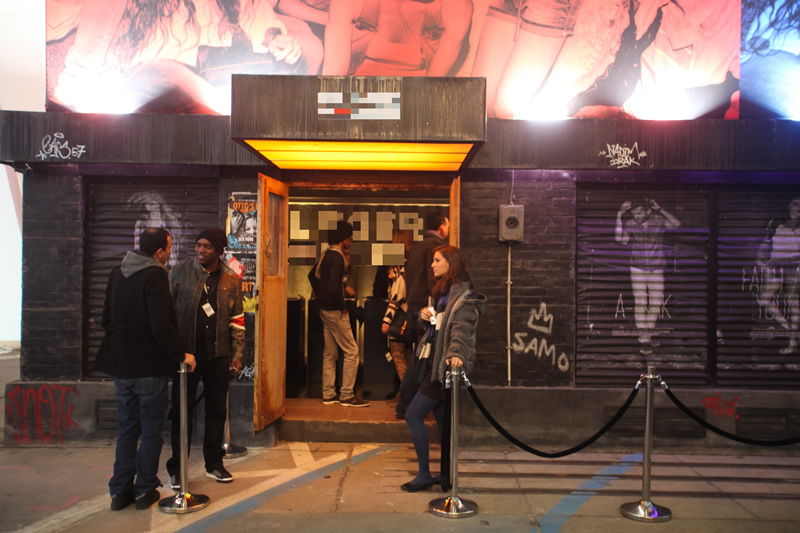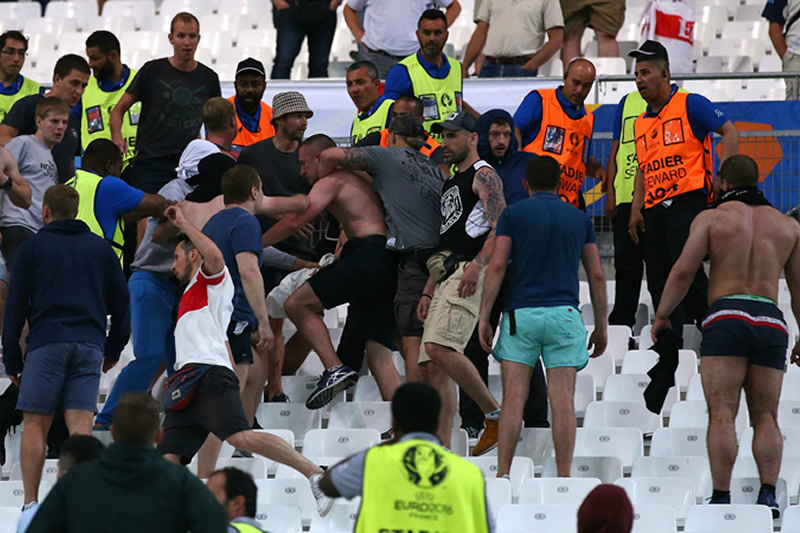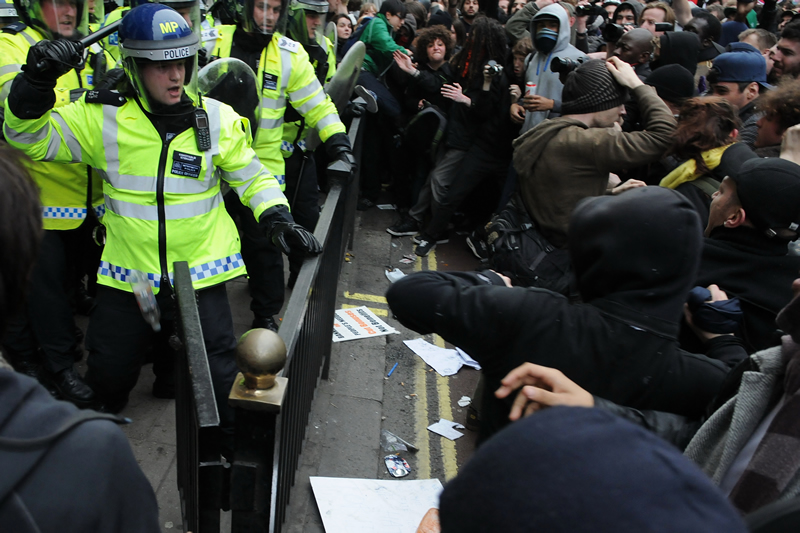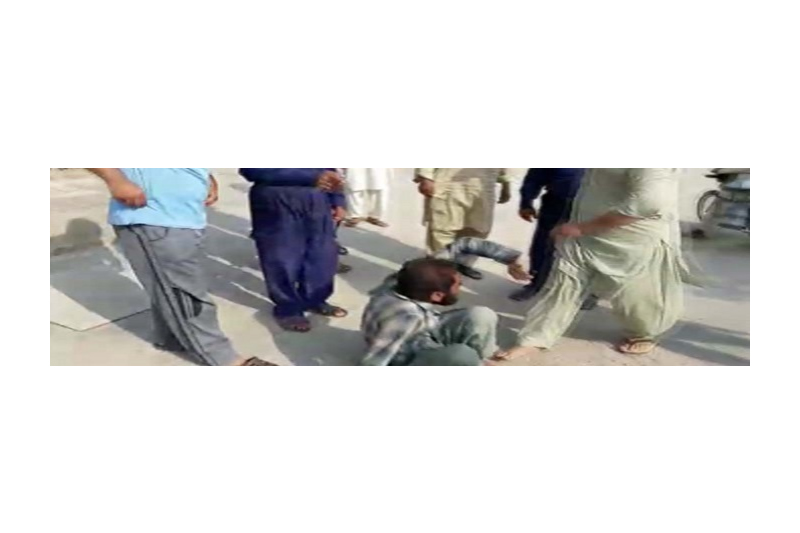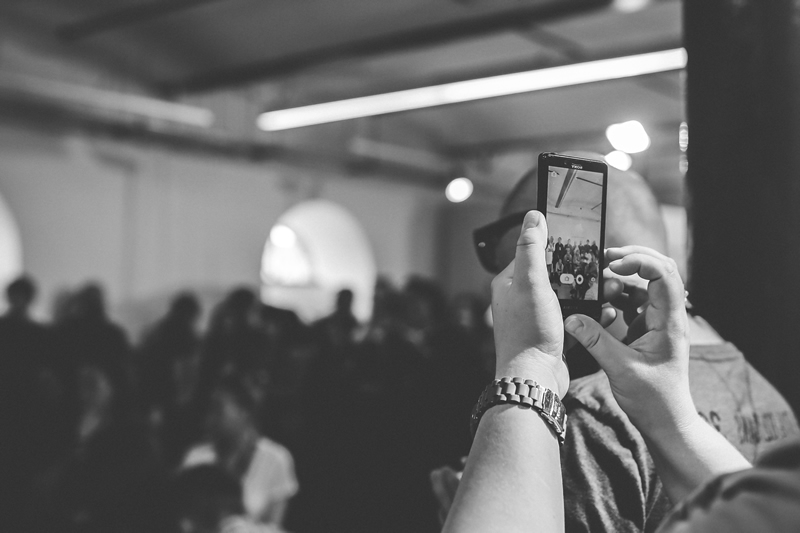To discover the group dynamics of antagonistic and violent situations, we pursue various research projects about specific groups: night-life security staff, free fight groups and hooligans, (delinquent) youth, police teams, rioters and vigilante mob violence. These projects inquire how these various groups react to antagonistic situations. More specifically, we ask how tension/fear and emotional dominance are experienced by group members during antagonistic situations, and how these experiences are related to the possible outcomes of these situations. Second, we inquire how mutual alignment and a sense of moral community are enacted preceding and during antagonistic situations and how they relate to the possible outcomes of these situations. Finally, we study how group members give meaning to antagonism and violence and how these meanings relate to (masculine) identities and the moral community of the group.
These projects aim to further our understanding of how antagonistic situations and violence are experienced by persons present at scenes of violence in public space. Although earlier ethnographic studies have focused on people’s experience of fear in violent confrontations, it remains unclear how tension/fear develops during antagonistic situations, and how it may be transformed into feelings of emotional dominance under the influence of group dynamics. Similarly, while previous work on groups and violence has underlined the importance of solidarity and collective identity, our projects aim to break new scientific ground by examining how these are enacted in actual situations and how solidarity and collective identity – in the form of mutual alignment and moral community – affect the outcome of antagonistic situations. Through their focus on group behaviour, these projects also promise to further our understanding of how group members attach meanings to violence and how these relate to masculine identity. Finally, whereas most ethnographic studies have intensively observed single groups, the comparative approach of these projects allows us to examine how solidarity and collective identity influence the outcome of different antagonistic situations.
Apart from studying specific groups, we also study sequences of bodily cues in violent interactions based on video data. Here we ask how and to what extent expressions of tension/fear, emotional dominance and the enactment of mutual alignment are related to the severity of violence and the opportunities for de-escalation. In this project we aim to answer these questions by examining – down to the minutest detail – the bodily movements that make up violent interactions. In this way, we aim to advance our current understanding of the relationship between solidarity and violence by revealing precisely how group behaviour – in the form of mutual alignment – affects emotional and bodily processes in violent interactions. This will entail the close-up qualitative and quantitative video analysis of sequences of bodily cues in incidents of public violence.

